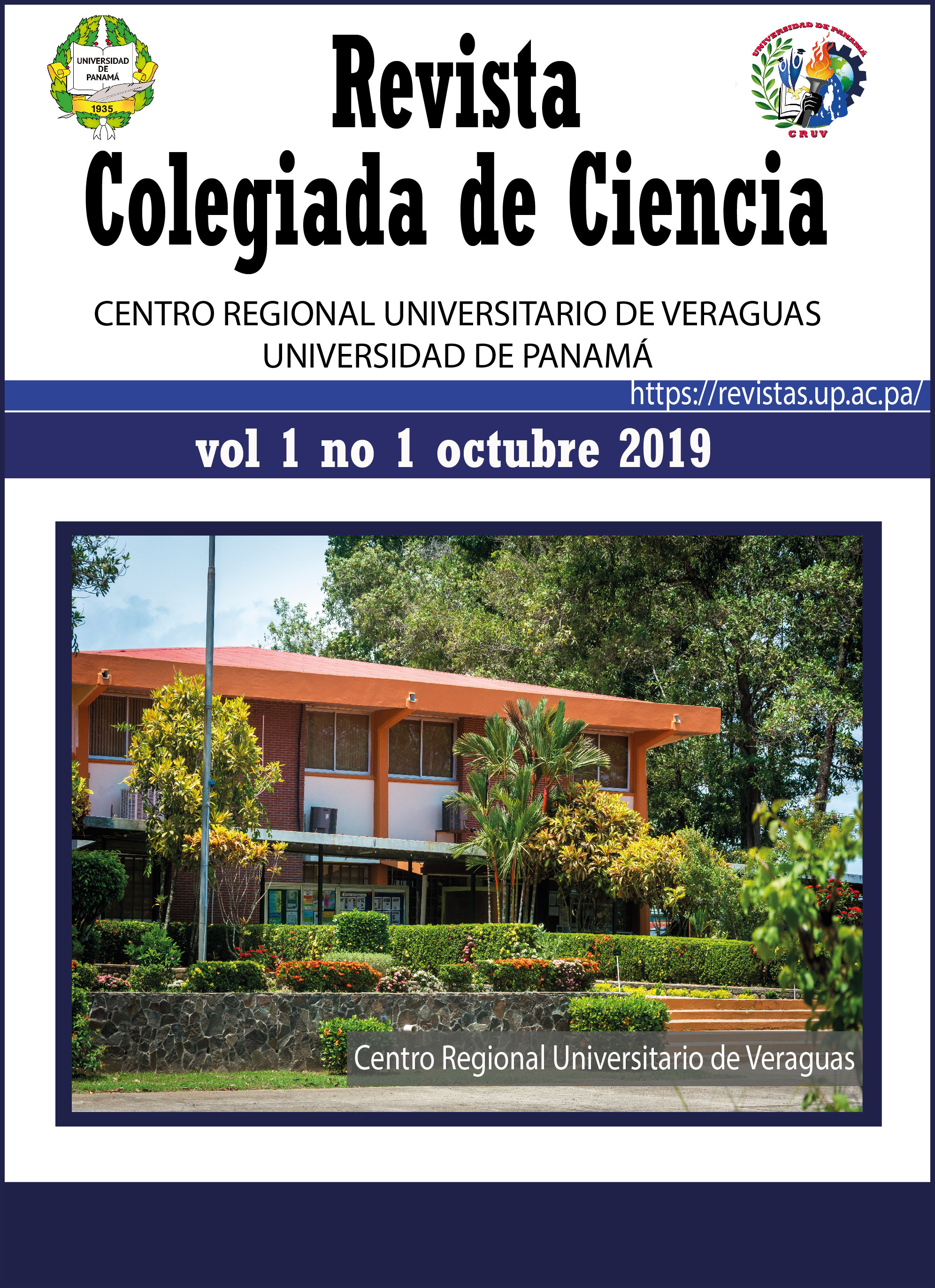

Between September and December 2016, monthly sampling was conducted at submarine mounds: Low 20 and Low Brincanco Bay, located in Panama’s Coiba national park, Pacific Ocean. The goal of this research was to characterize the substrate associated to these lows and to identify key ecological processes. In each field visit, temperature, salinity and dissolved oxygen in the water column were recorded. To sample the substrata, cardinal points were used as bearings to
lay linear transects where quadrants of 0.25 m2 were placed at 5 m intervals. Due to limited diving time, video transects were employed to allow for later image analysis in the lab. Video recordings were also conducted outside transects as well as fish census at both sites. The main results indicate that three (bare rock, sand-gravel and crustose algae) of the first five substrates are common to both sites in relation to the dominance percentage. Difference between both sites occur due to contributions of each substrata to cover percentage, and also the fact that at Low 20 the first five substrate included anemones and ahermatypic corals, while at Low Brincanco Bay, filamentous algae and soft corals were reported. The dominant substrata in each mound were rocky bottoms with 41.96% and 79.89% cover percentage for Low 20 and Low Brincanco Bay, respectively. The identified ecological interactions include the use of these lows as courtship sites, reproduction and cleaning stations of key species, as well as aggregation processes for spawning of snapper and labrid fish. These features can be used for management under the work frame of load capacity and acceptable change limit.